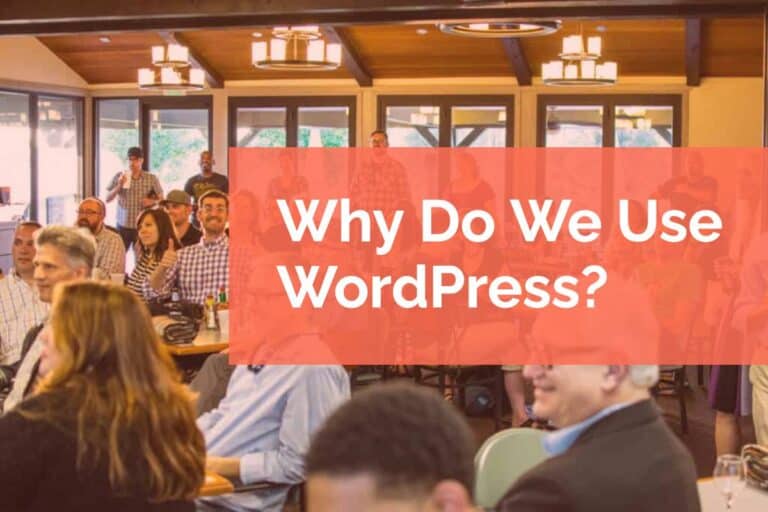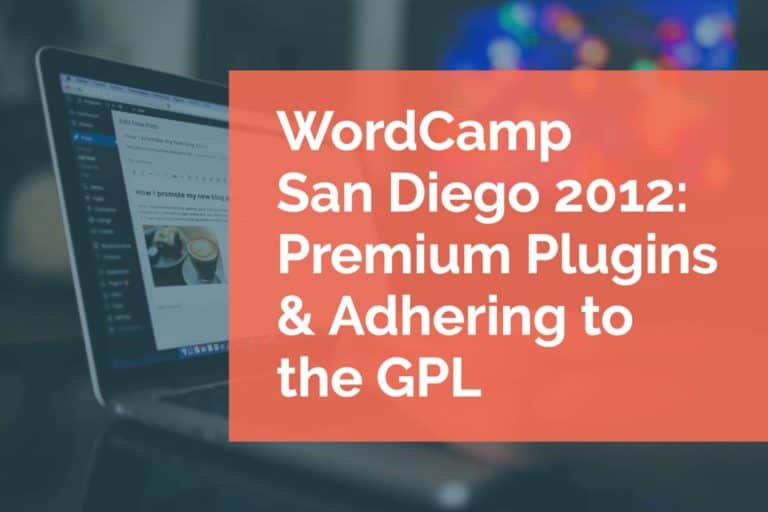A Look Back at WordPress in 2018
WordPress has experienced a wide range of updates and enhancements over the years. At the same time, the WordPress community continues to grow, bringing more and more hobbyists and professionals alike into the world of web and application development. However, it’s hard to recall a year quite as pivotal as 2018.
Let’s take a look at the year in WordPress and what it meant for the world’s most popular CMS, what we do here at Pixel Jar, and the WordPress community as a whole.
The Game Changer — Gutenberg
Gutenberg was the official name of the new WordPress block editor while it was under development. However, once WordPress 5.0 was released, Gutenberg officially replaced the former default WordPress editor, TinyMCE. Because it’s now officially part of the core software its simply become the “WordPress block editor,” or “the WordPress editor.” In keeping with major updates being named after jazz legends, the update was named “Bebo” in homage to the Cuban jazz musician Bebo Valdés.
The first thing many of you will notice is the change to the overall look of the WordPress interface, but Gutenberg/Bebo is much more than just a basic aesthetic update. WordPress 5.0 completely changed the user experience by transitioning to a “block-based” approach to content.
This replaced the single-edit fields with multiple individual “blocks” that allow you to build more complex designs than those allowed by the previous versions of WordPress editor.
Additionally, a block can be just about anything.
For example, you can have blocks for:
- Basic text
- Images
- Embedded videos
- Tables
- Buttons
- Widgets
Each block is independent and you can move and manipulate them individually as desired. Since each block is separate, you’re also able to customize each block. So you can have custom backgrounds, fonts, etc. in specific blocks, giving you more flexibility and in-depth control.
Of course with the inherent open source status of WordPress, this means that third-party developers (like Pixel Jar) will be able to design blocks that will provide you with even more flexibility.
Other Changes With WordPress 5.0 Bebo
With 5.0 also came a new default theme, Twenty Nineteen, and featuring custom styles for the default blocks. Twenty Nineteen works for a wide variety of use cases. Whether you’re launching a new website or maintaining a photo blog, the new default theme may be versatile enough to meet your needs. Using an older default theme? No problem; all of the previous default themes have been updated to support the block editor, from Twenty Ten through Twenty Seventeen.
Some additional changes include:
- 5.0 officially supports the upcoming PHP 7.3 release.
- Now that simple ARIA labels can be saved in pages and posts, you can improve the accessibility of the content you write.
- Using the new JavaScript language packs, developers can now add translatable strings directly to your JavaScript code.
What does all this mean for WordPress users?
- More control over how content is displayed
- The ability to automatically embed any type of multimedia.
- Each piece of content is in its own individual block, allowing you to easily manipulate each block without any code knowledge. Just drag and drop.
- By default, there are already a lot of blocks available and of course many more are on the way.
- Blocks are reusable and many of them can be converted from one type to another rather easy.
This is all fantastic news for Pixel Jar and our customers as the update opens the door for exceptional plugin development and much more precise control over our WordPress world.
A Few Stats for WordPress in 2018
According to research by W3Techs, the WordPress CMS now powers 30% of the web, up 3% over 2017, while being used by an astounding 59.9% of all CMS users. The nearest CMS rival, Joomla, is significantly behind with 3.1%.
While there were multiple major advancements for WordPress last year, we’d be remiss if we didn’t cover the flip side of things as well. Unfortunately, when compared to 2017, WordPress saw an increase of 21% in new web app vulnerabilities and Imperva researchers recently cited increased application glitches.
Additionally, the researchers determined that more than half of the vulnerabilities suffer from exploits easily accessible to hackers, and a third of them have yet to provide viable patches or workarounds. 19% of the culprits responsible for these vulnerabilities were related to injection, such as: SQL, object, and command injections. Overall, 98% of the vulnerabilities were related to plugins that extend the features and functionality of your website.
This is why it is extremely important that you completely review a plugin before integrating it into your website. Alternately, partner with a proven company (like Pixel Jar) to extend your existing plugins’ capabilities. Or you can develop an entirely new plugin to handle your desired task. And of course, always ensure that you complete any and all security updates.
More Positive News For WordPress in 2018
Further affirming that WordPress’ growth is only just getting started, managed host WP Engine received a $250 million investment from venture capitalists led by Silver Lake. WP Engine is arguably one of the world’s largest managed WordPress hosts. They receive more than $100 million in annual revenue and have more than 75,000 customers. Their business is up 30% from last year.
Managed WordPress pioneers, Pagely, also announced a “serverless” hosting initiative known as NorthStack. This new initiative further pushes the limits of what’s possible with WordPress from an infrastructure level.
Looking at consolidation and acquisition, there are two notable transactions. iThemes being acquired by Liquid Web and StudioPress being purchased by the aforementioned WP Engine. From our perspective, these acquisitions and others like them help larger hosts accelerate their technical offerings and expand their appeal to customers.
If you have a digital initiative that needs help or you’d simply like to understand more about what is possibly when it comes to your web presence, we’d love to chat. Contact us here to learn more about how Pixel Jar can help.






